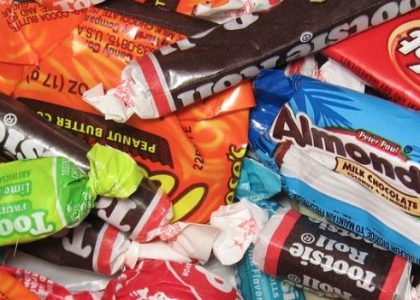Cocoa futures are one of the most volatile markets. This has been primarily attributed to three historical variables politics, antiquated farming methods and weather. Two of these three variables are being addressed directly while the third remains a wild card that may pull the trigger on a substantial rally in an agricultural market undergoing a complete paradigm shift.
The Ivory Coast is the world’s largest producer of cocoa. Prior to 2011 it was presided over by Laurent Gbagbo who ran the country in typical West African fashion for more than 10 years. The open elections of 2011 led to a brief civil war when Alassane Ouattara was elected President and Laurent Gbagbo refused to cede the Presidential office and used his cronies in the military to hold off the inevitable. The regime change was inevitable because Ouattara, who is a former International Monetary Fund (IMF) economist, has the full support of NATO as well as the military backing to support a more democratic and transparent government. The installation of Ouattara should eliminate much of the political volatility that has been a hallmark of the cocoa futures market for many years.
President Ouattara, who was educated here in the U.S. at Drexel University, is quickly modernizing the Ivory Coast’s cocoa markets. There’s been rapid development in soil reclamation, fertilization and education. Most cocoa is grown by individual farmers on small plots of land and is harvested by hand as it has been for hundreds of years. The application of modern agronomy techniques will cause the Ivory Coast’s cocoa production to increase rapidly over the coming years. The combination of infrastructure improvement and political stability supporting free trade and as well as modern farming practices will increase yield and depress prices once the changes are fully implemented.
The effects of Ouattara’s Presidency can already be seen in the decline of volatility in cocoa prices. Major chocolate producers no longer have to worry about civil war, the government closing ports or henchman attacking farmers on their way to collection stations to force the price higher. The price range in 2012 was $2,003 – $2,707, a measly 35%. The range for 2011 was more than 90%. In fact, the five-year average range is more than 50%. These wild rides are less likely to occur, as weather becomes the only variable left to move the markets.
This sets the stage for the current battle in the market. Cocoa futures have been on a steady slide since fall. The market appeared to be forming a technical bottom during this period. However, it was clear by the commercial selling that the bullish saucer base pattern, between $2,310 and $2,510, that had been supported by the small speculators had little chance of pushing the market higher. The slide through the 2013 price level is primarily attributable to the small speculators being forced out of their long positions at a loss.
The market has recently traded as low as $2,100. Commercial traders have been covering their short hedges and locking in futures supply line purchases since the market first fell through the $2,310 level. Commercial traders have been net buyers in nine out of the last ten weeks. Recently, weather issues have reduced estimates for the current mid crop harvest due to a lack of rain throughout the Ivory Coast as well as growing regions in Ghana, the second largest producer. These two countries account for nearly 60% of the world’s production.
The key price level is $2,000 per ton. The market traded below here once in 2011 and rallied $500 per ton in just a few weeks. Overall, the market hasn’t spent any time below $2,000 per ton since the commodity boom of 2007. We’ll side with the commercial traders and look for buying opportunities as the last of the weak speculators are forced out of the market. Perhaps, the best way not to miss out on the rally is to place a buy stop order above the market’s recent resistance level around $2,150. If this order gets filled in the May cocoa futures contract, place a protective sell stop at what becomes the low price of this move. We’ll look for a minimum price target of $2,310, the bottom of the old saucer formation.
This blog is published by Andy Waldock. Andy Waldock is a trader, analyst, broker and asset manager. Therefore, Andy Waldock may have positions for himself, his family, or, his clients in any market discussed. The blog is meant for educational purposes and to develop a dialogue among those with an interest in the commodity markets. The commodity markets employ a high degree of leverage and may not be suitable for all investors. There is substantial risk of loss in investing in futures.





